Hello and welcome back to øøøø.org! Today I want to share with you some tips and tricks for planting a vegetable garden, collecting water and growing sustainable crops. I will also compare the benefits of 3D forest farming versus large monoculture cultivated fields. If you are interested in learning more about how to grow your own food in an environmentally friendly way, read on!
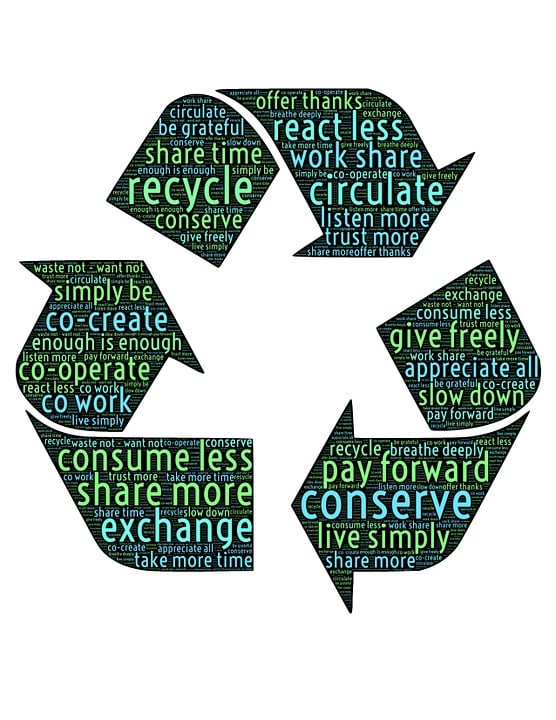
What is a kitchen garden?
A kitchen garden is an area in your garden or on your balcony where you grow vegetables, fruit, herbs and flowers for your own consumption. A vegetable garden can be large or small, depending on how much space and time you have. The most important thing is that you choose plants that you like to care for, the next step is to investigate what to pre-seed and how to grow.
Before planting a vegetable garden choosing suitable locations and building constructions for safe keeping of seedlings is beneficial for overall plant health. Knowledge about edible flowers and plant preferences for optimal conditions whether it preferably be sunny, sheltered, with good soil or sandy, acidy and depleted. If you have limited space, you can use pots, balcony boxes or vertical planters.
How to Plant a Kitchen garden and Save Water and Resources
Do you want to grow your own food and save water? Then a vegetable garden is a good place to start. A vegetable garden is an area in your garden or on your balcony where you can plant vegetables, herbs and fruit. It is not only healthy and fun, but also good for the environment. A kitchen garden can be a grand or a small compact space, located close to the house (ideally near the kitchen;) where you can quickly nip out to get herbs, tomatoes, salad greens or other delicious produce when cooking. Energetically nature is the place to relax, connect and enjoy, as well as crop from local produce is the true source of organic and healthy food for your family.
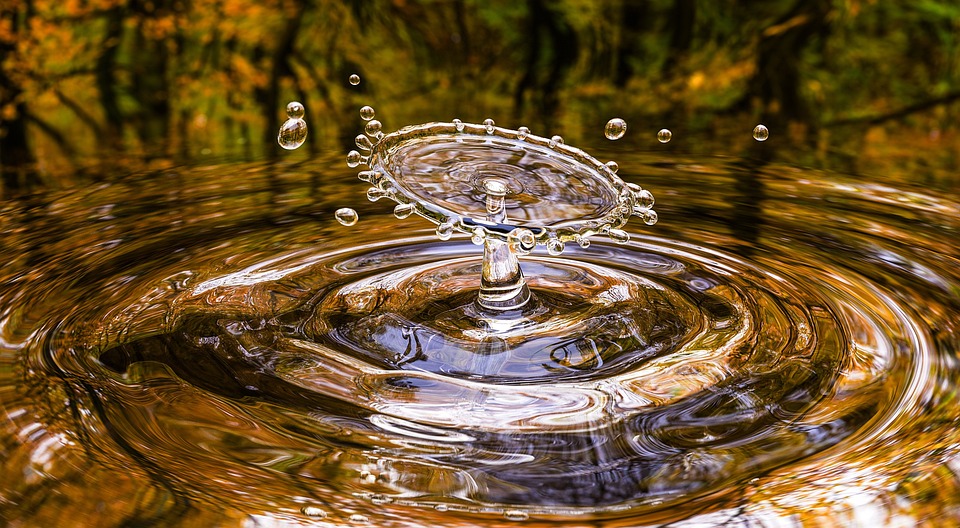
But how can you plant a kitchen garden that is also sustainable and environmentally friendly? How can you save water and resources while growing your own food? Here are some tips and ideas to help you create a kitchen garden that is good for you and the planet.
Collect Rainwater
One of the most important aspects of sustainability is water conservation. Water is a precious resource that we often take for granted, but it is essential for life and agriculture. Collecting rainwater is one way to reduce your dependence on municipal water supply and use natural water for your plants.
There are different ways to collect rainwater, depending on your budget and space. You can use barrels, tanks, buckets or even dig a hole in the ground into the granite sandstone where it is kept at sub terrain temperature, even geothermal gradient if you go deep enough. The main thing is to have a large surface area to catch the rainwater, such as your roof, gutters or a hill, and connect it to your storage system with pipes or hoses.
Once you have collected rainwater, you can use it to water your plants either manually or with an irrigation system. You can also use it for other purposes such as washing dishes or clothes. Just make sure you use clean containers and avoid drinking untreated rainwater.
You can also add filters for cleaning graywater even light, electromagnetic filters and vibration of sounds, all with screens to prevent debris or insects from getting into your water system:
Graywater Cleaning
1. Sand and gravel: Sand and gravel are two of the most common and effective natural filtration materials for rainwater. Sand acts as a physical barrier, trapping solid particles and other particulates, while gravel provides a larger filtration surface area, allowing water to pass through while trapping sediment.
2. Charcoal: Activated charcoal is a popular natural filtration material, as it can absorb a wide range of particles, including chemicals, heavy metals, and toxins.
3. Rocks and Pebbles: Rocks and pebbles can be added to provide additional filtration surface area for water to pass through.
4. Aquatic Plants: Aquatic plants, such as cattails and reeds, are natural filters and can help reduce sediment and other pollutants in water.
50. Bends.
Choose Sustainable Crops
Another aspect of sustainability is choosing crops that are suitable for your climate, soil and space. Sustainable crop production includes methods of raising vegetables, berries, fruits, nuts, mushrooms, grains and other food and fiber crops in ecologically mindful ways that focus on soil health and biodiversity instead of chemical fertilizers and pesticides.
Some examples of sustainable crops are:
– Perennial crops: these are plants that live for more than two years and do not need to be replanted every season. Perennial crops usually have deep roots that help prevent soil erosion and retain moisture. Perennial crops also provide habitat for wildlife and pollinators. Some examples are asparagus, rhubarb, artichokes, berries or fruit trees.
– Drought-tolerant crops: these are plants that can survive with little water or in dry conditions. They usually have adaptations such as thick leaves, waxy coatings or succulent stems that help them store water. Some examples are cacti, succulents, aloe vera or lavender.
– Native crops: these are plants that are naturally adapted to your local environment and have co-evolved with other species in your ecosystem. They usually require less maintenance and inputs than exotic or invasive species and provide benefits such as pest control, pollination or soil improvement. Some examples are wildflowers, herbs, nuts or berries.
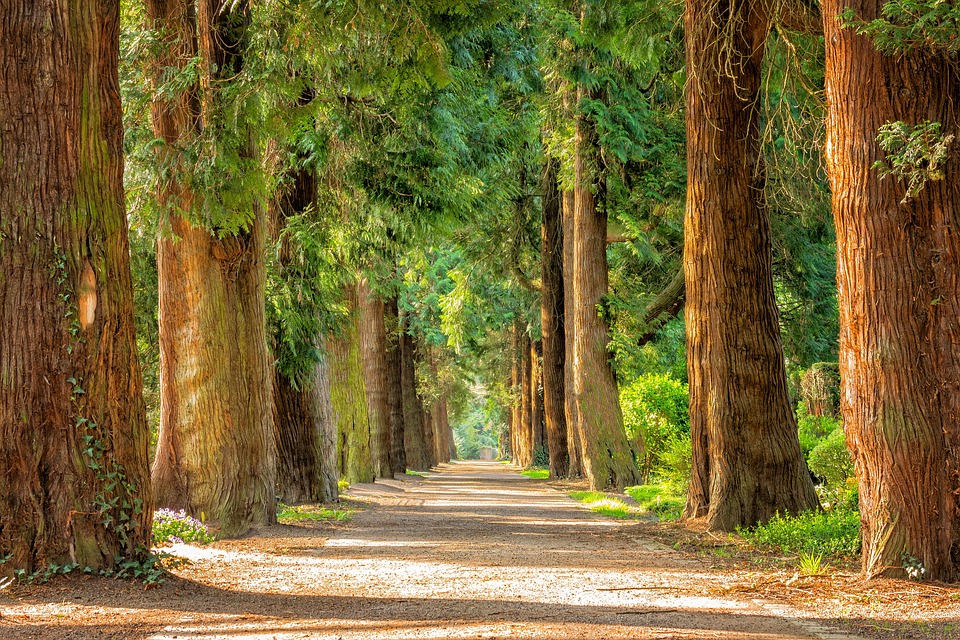
Why 3D Forest Farming beat Monocrop Cultivation
One way to grow sustainable crops is by using 3D forest farming techniques instead of monocrop cultivation methods. 3D forest farming mimics natural forest ecosystems by growing multiple layers of plants such as trees, shrubs, vines, herbs and mushrooms in harmony with each other. Monocrop cultivation was never our solution as it involves depleting nature growing only one type of plant over large areas of land using intensive inputs such as irrigation, fertilizers and pesticides which all is deprecated via natural human ingenuity and shared original ideas.
Some advantages of 3D forest farming compared to monocrop cultivation are:
– Diversity: Forest farming creates diverse habitats for wildlife and pollinators, while monocrop cultivation reduces biodiversity and increases vulnerability to pests and diseases.
– Resilience: Forest farming enhances soil health by adding organic matter, nutrients and microorganisms, while monocrops depletes soil fertility by causing erosion, salinization and compaction.
– Productivity: Forest farming produces multiple yields from different layers and plants throughout the year, while monocrop cultivation depends on seasonal harvests from a few types of plant.
3D forest farming has many advantages over monocrop cultivation, which is the practice of growing one crop species in a field at a time. Monocrop cultivation can deplete soil nutrients, increase pest infestation, reduce biodiversity, and require more water and chemical inputs. On the other hand, 3D forest farming can enhance soil fertility, control weeds and pests naturally, increase biodiversity, and conserve water and energy.
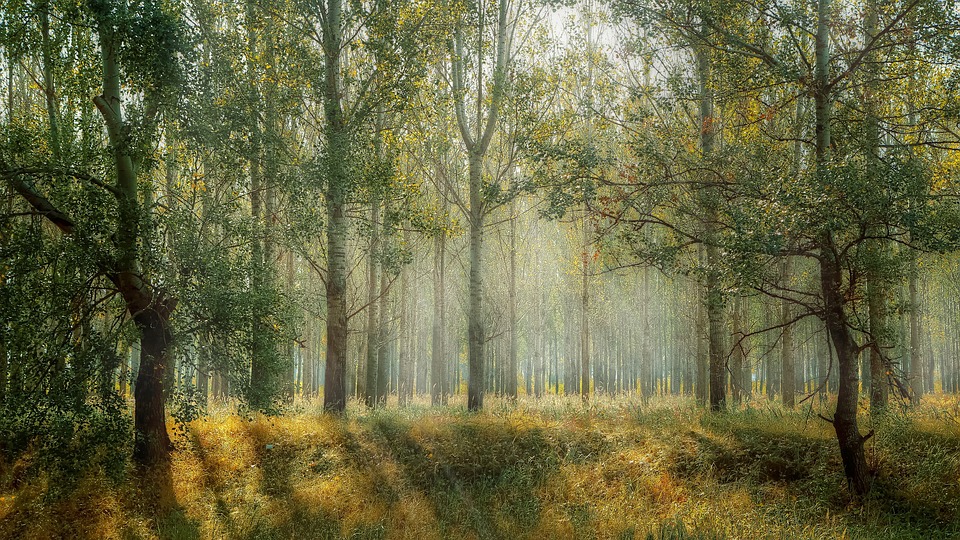
Mode is plant a vegetable garden, collect water and grow sustainable crops
In recent years, there has been a growing interest in sustainable and eco–friendly farming practices. One of the most popular methods is 3D forest farming, which is an innovative and effective way to grow crops without using large monocrops. This method involves growing crops in a three–dimensional structure, such as a forest, which provides a rich environment for the plants to thrive.
The synergies between mushrooms, crops, trees, insects, and animals are incredibly diverse and beneficial. For example, mushrooms act as natural soil fertilizers, helping to increase the nutrient content of the soil and allowing for more productive crop yields. Trees provide habitats for animals and insects, which can help to control pests and help improve soil health. Additionally, trees also provide shade and protection from the elements, helping to create more favorable growing conditions for crops. Finally, animals help to aerate when they eat the bugs and their droppings can provide nutrients to the soil. All of these elements create a symbiotic relationship that helps to promote healthy ecosystems and sustainable crop production.
One of the benefits of 3D forest farming is that it is more space efficient, as the plants are grown in a three–dimensional structure and not in a large field. This allows more crops to be grown in a smaller area, meaning that more food can be produced with fewer resources. Additionally, this method also helps to conserve water and remove our behavior of destroying our Mother through use of toxic chemical as fertilizers and pesticides in truth always were.
Another benefit of 3D forest farming is that it encourages biodiversity, as the plants are grown in a variety of environments. This not only helps to promote healthy ecosystems, but it also gives the plants access to a wider range of nutrients, which helps them to grow strong and healthy. Additionally, this method also helps to reduce the risk of crop failure due to pests or disease, as the plants are sheltered from the elements and are less likely to succumb to them.
Finally, 3D forest farming is an excellent way to create a sustainable kitchen garden. This method allows for a range of vegetables and fruits to be grown in a small space, meaning that you can have a healthy and sustainable garden without taking up too much space. Additionally, this method helps to conserve water, as the plants are sheltered from the elements and require less water to grow.
Overall, 3D forest farming is an excellent way to produce sustainable and eco–friendly crops. This method is space efficient, encourages biodiversity, and helps to conserve water. It is also an excellent way to create a sustainable kitchen garden, as it allows for a range of vegetables and fruits to be grown in a small space without taking up too much space.
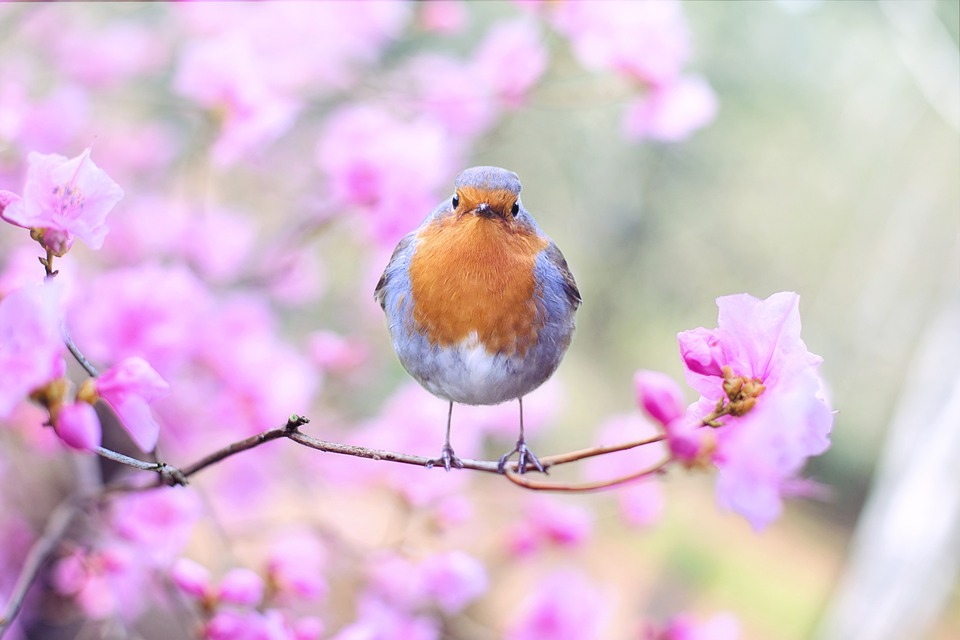
How to Plant a Kitchen Garden and Make It Sustainable
If you are looking for a way to grow your own food, save water, and protect the environment, you might want to consider planting a kitchen garden. A kitchen garden is a small plot of land where you can grow vegetables, herbs, fruits, and flowers for your own consumption. A kitchen garden can provide you with fresh, organic, and nutritious produce that can improve your health and well-being. But how do you make your kitchen garden sustainable? One way is to use 3D forest farming techniques. 3D forest farming is a type of agroforestry that mimics natural forest ecosystems by growing multiple layers of plants on the same land. For example, you can grow tall trees that provide shade and fruits, medium-sized shrubs that produce berries and nuts, low-growing herbs and vegetables that cover the soil, and mushrooms that decompose organic matter.
One of the key benefits of 3D forest farming is that it creates synergies among different plants and animals. Synergy is the combined effect of two or more organisms that is greater than each would achieve individually. For example:
– Trees can provide shade, windbreaks, nitrogen fixation, and mulch for other plants.
– Shrubs can attract pollinators, provide food and habitat for birds and insects, and protect the soil from erosion.
– Herbs and vegetables can suppress weeds, repel pests, and add flavor and nutrition to your meals.
– Mushrooms can decompose organic matter, improve soil structure and fertility, and offer medicinal and culinary benefits.
– Who said squirrels and chickens.
– Bees is an advantage and get that honey too.
By creating synergies among different plants and animals, you can create a self-sustaining system that requires less maintenance and machinery than monocrop cultivation.
To start your own 3D forest farm in your kitchen garden, you will need to:
-
- Choose a site that has good sunlight exposure, water access, and drainage.
- Prepare the soil by adding compost, manure, or other organic matter.
- Select plants that are suitable for your climate zone, soil type, and personal preference.
- Plant in layers according to their height, light requirement, and growth habit.
- Plant in layers to mulch the soil to conserve moisture and suppress weeds.
- Water regularly but not excessively.
- Harvest frequently but not excessively.
- Plant strategical trees like fruit, chestnut and willow in your garden area for 25 year elevation.
- Plant strategical mushroom farms on trees and in green spots in your neighborhood to be harvested continuously.
By following these steps,
you can enjoy
the fruits
of your labor
in more ways than one.
You can have
a beautiful,
productive,
and sustainable
kitchen garden
that will nourish
your body,
mind,
and soul. 🌱🍅🍄🌳🐝🦋🐞🐦😊